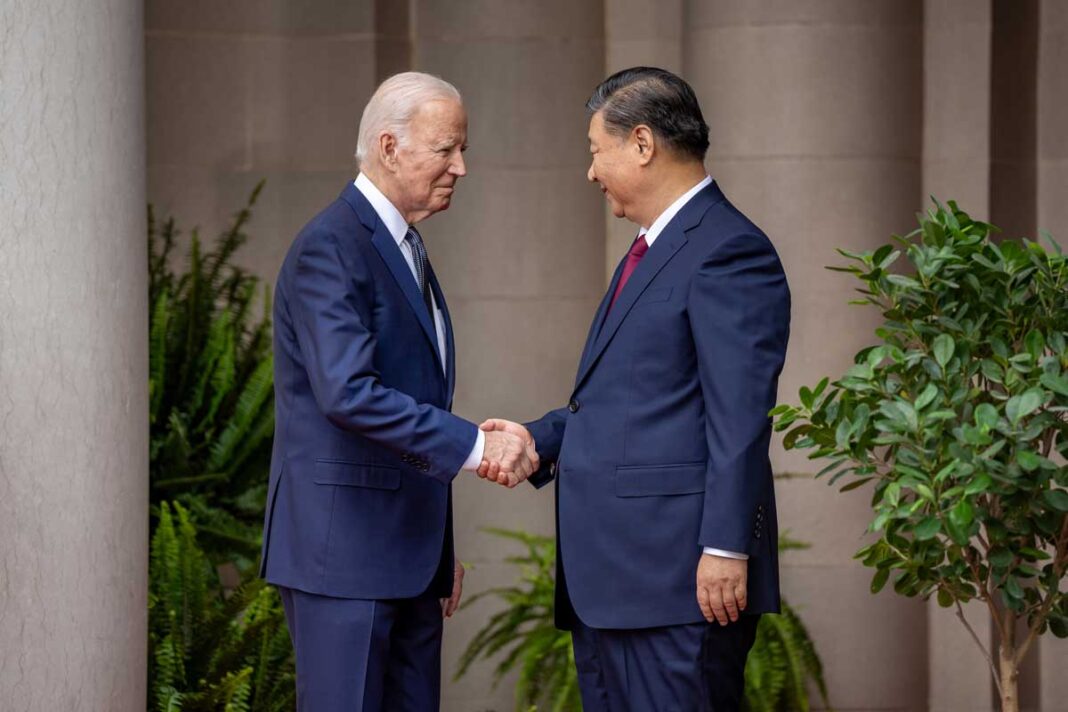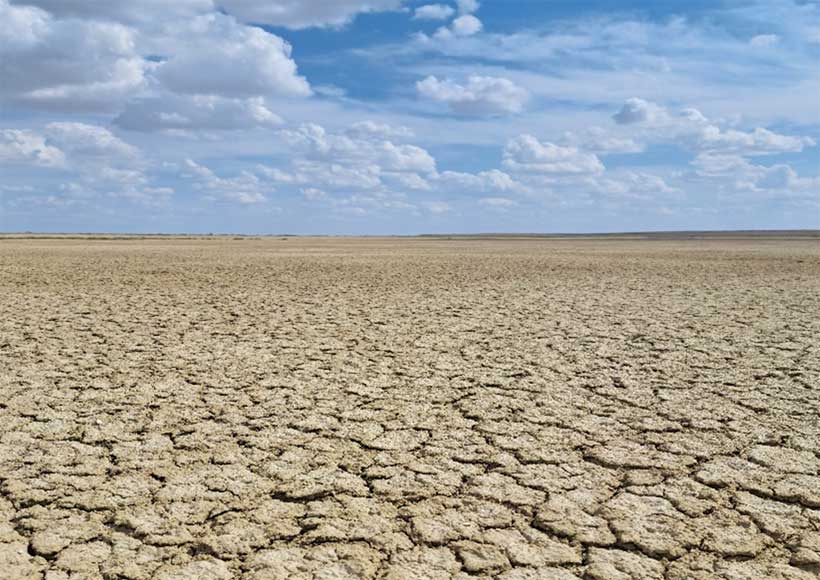12th January 2024,
By Yuna Ku
"Do you eat dog?"
It is among the most controversial questions a foreigner can ask in South Korea - although the reaction and answer often depends on the age of the person asked.
"It's so tiring, I always have to clarify that I have never eaten it. Canine dishes are mostly for the elderly in South Korea, but foreigners often generalise the practice," says Park Eun-kyoung, a consultant in her 30s currently working in Germany, who admits to finding the question offensive at times.
"It carries a negative connotation, implying that Koreans eat something highly inappropriate and this culture is barbaric."
But the days of fielding questions like these look numbered: earlier this week, South Korea's government passed a new law to ban the breeding, butchering, distribution and sale of dogs for meat by 2027.
It will effectively end a centuries-old practice. Historically, cows were highly valued and, explains Dr Joo Young-ha, an anthropology professor at the Graduate School of Korean Studies, they were so prized a government permit had to be obtained to slaughter them up until the late 19th Century.
And so, other protein sources were needed. For those living in the Korean peninsula, dog meat was one of the best options, enjoyed by people across the class spectrum, although there were always those who avoided it.
One of the best known dog meat dishes is a soup, called "bosintang"
But much like any other meat, well-loved dishes using the product emerged, such as dog meat soup, called "bosintang", and boiled dog meat slices. Speak to older South Koreans, and many still extoll its virtues as a delicacy which is easy to digest and boosts energy, especially during a hot summer.
So it came as a shock to many during the 1988 Seoul Olympics - at that point, the largest international event South Korea had ever hosted - when criticism of dog meat consumption began hitting the headlines around the world.
"Initially, many people, especially the social elites were angered, perceiving it as a disrespect to other cultures. However, over time, more people felt shame and became more critical," Dr Joo said.
Fast-forward more than three decades, and South Korea is a very different country, not least in how many people eat dog meat.
According to a Gallup poll last year, only 8% of people had tried dog meat in the past 12 months, a significant decline from 27% in 2015. Figures provided by the Korean Association of Edible Dog, an organisation representing the industry, also point to a decline.
It says there are now about 3,000 dog breeding farms in South Korea, a significant decrease from 10,000 in the early 2010s, but also considerably higher than the government's figure, which puts the number at about 1,100.
Meanwhile, pet ownership has surged. Survey data from 2022 suggests one in four South Koreans own pets, according to the Ministry of Agriculture, Food and Rural Affairs.
In December, it was reported that pet strollers had outsold baby buggies for the first time last year, although this could be as much a reflection of South Korea's declining birth rate as its love of animals.
And then there is the president, Yoon Suk Yeol and first lady Kim Keon Hee, both famed pet lovers, with six dogs and five cats.
It has taken this government less than two years to bring in the law that previous administrations failed to enact since the idea was first mooted decades ago. The suggestion it could be reviewed under Mr Yoon's predecessor was blocked amid harsh criticism.
This new law now means, in three years' time, those involved in the trade will face either fines or jail time if they continue their businesses. It does not, however, outlaw the eating of dog meat.

1:14 Watch Seoul correspondent Jean Mackenzie's report from one of the few places in the capital where you can still eat dog meat
Even so, it has been welcomed by activists, including Jo Hee Kyung, the head of the Korean Animal Welfare Association (KAWA), who has been campaigning on the issue since the late 1990s.
The ban was, she says, the "only option" to stop abuse of dogs, adding: "I hope the world stops abusing animals in the name of tradition or culture."
But not everyone is convinced, not least those who make their living in the dog meat trade.
"We do recognise that far more people do not eat dog meat compared to those who do. We do know the market is decreasing… but still, it's our right to run a business," said Joo Yeong-bong, an experienced dog farmer and the president of the Korean Association of Edible Dog.
He argues that better regulation of the industry - previously there was little to none - could have dealt with many concerns over animal rights.
And then there is Dr Ahn Yong Geun, a former food engineering professor at Chungnam National University who is often referred to as "Dr Dog Meat".
One of the very few dog meat researchers in South Korea, he started his research during the 1988 Olympics, frustrated by what he felt was a passive response by the government and academia to overseas criticism, and now argues for the benefits of eating dog meat.
According to Dr Ahn, it has a low, unsaturated fat content and could have served as a healthy substitute for beef or pork.
Instead, it looks set to be relegated to history - a move he questions as being in conflict with the basic freedoms outlined in the country's constitution.
"You cannot dictate what people can and can't eat," says dog farmer Mr Joo.
It is a feeling shared by Lee Bora, a dog owner in her 30s who is opposed to eating dog meat and welcomes the new law, but adds she is "kind of worried" about its implications.
"Emotionally, I wish people wouldn't breed and slaughter dogs for food," she says.
"However, in principle, I think dogs are not so different from cows or pigs."







